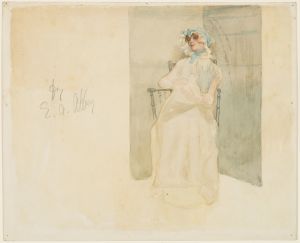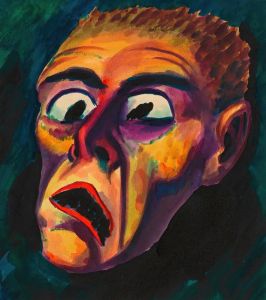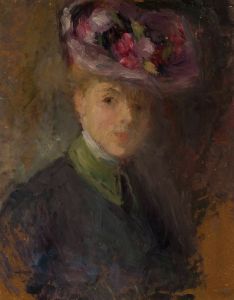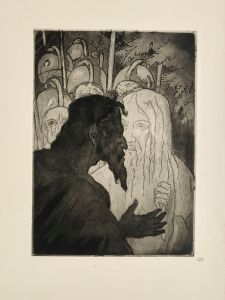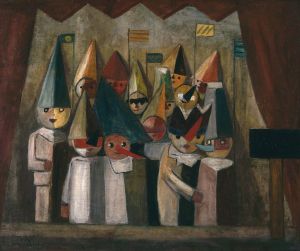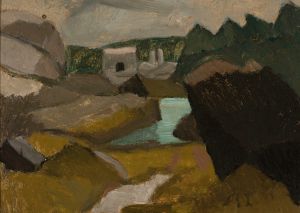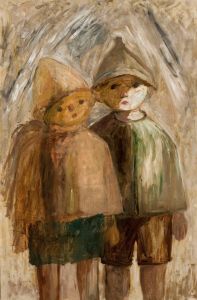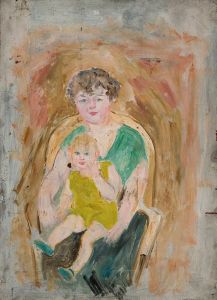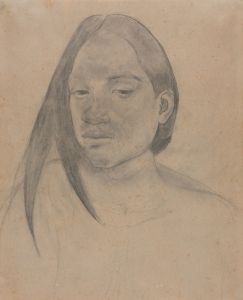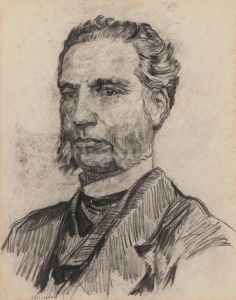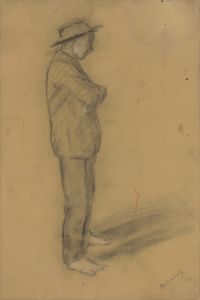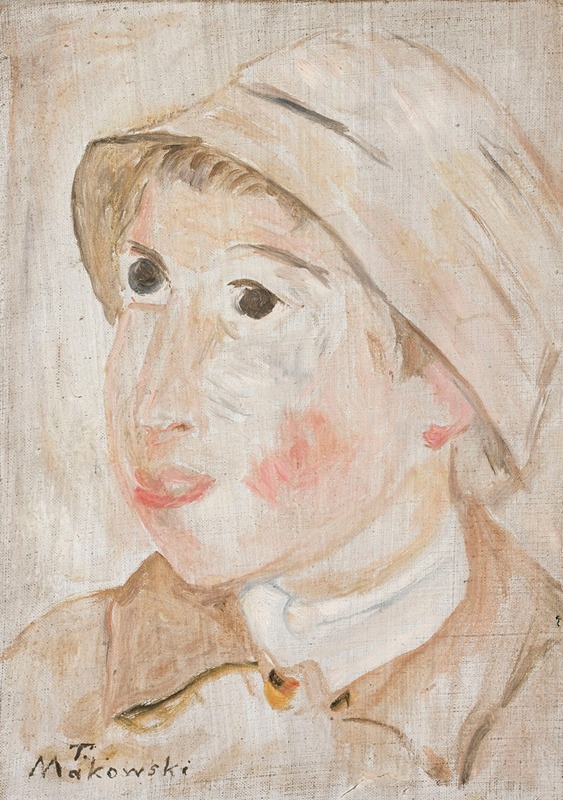
Głowa chłopca w kapeluszu
A hand-painted replica of Tadeusz Makowski’s masterpiece Głowa chłopca w kapeluszu, meticulously crafted by professional artists to capture the true essence of the original. Each piece is created with museum-quality canvas and rare mineral pigments, carefully painted by experienced artists with delicate brushstrokes and rich, layered colors to perfectly recreate the texture of the original artwork. Unlike machine-printed reproductions, this hand-painted version brings the painting to life, infused with the artist’s emotions and skill in every stroke. Whether for personal collection or home decoration, it instantly elevates the artistic atmosphere of any space.
Tadeusz Makowski was a prominent Polish painter known for his unique style that combined elements of Post-Impressionism and Cubism. One of his notable works is "Głowa chłopca w kapeluszu" (translated as "Head of a Boy in a Hat"). This painting exemplifies Makowski's distinctive approach to art, characterized by a focus on simplicity, form, and the use of muted colors.
Makowski was born on January 29, 1882, in Oświęcim, Poland. He initially studied classical philology at the Jagiellonian University in Kraków before pursuing art at the Academy of Fine Arts in Kraków. His early works were influenced by the Young Poland movement, which emphasized a break from academic art and a focus on national identity and folklore. However, his style evolved significantly after he moved to Paris in 1908, where he became part of the vibrant artistic community.
In Paris, Makowski was exposed to various avant-garde movements, including Cubism, which had a profound impact on his work. He developed a unique style that blended Cubist techniques with his own vision, often focusing on simple, geometric forms and a subdued color palette. His paintings frequently depicted children, rural scenes, and everyday life, rendered with a sense of innocence and simplicity.
"Głowa chłopca w kapeluszu" is a prime example of Makowski's mature style. The painting features the head of a young boy wearing a hat, depicted with simplified forms and a limited color scheme. The boy's face is rendered with soft, rounded shapes, and the hat is depicted with geometric precision, reflecting Makowski's Cubist influences. The background is typically understated, allowing the viewer to focus on the subject's expression and form.
Makowski's choice of subject matter often reflected his interest in childhood and innocence. He believed that children represented a pure and uncorrupted view of the world, which he sought to capture in his art. This focus on childhood is evident in "Głowa chłopca w kapeluszu," where the boy's serene expression and the simplicity of the composition evoke a sense of calm and introspection.
Throughout his career, Makowski remained somewhat on the periphery of the mainstream art world, yet he gained recognition for his unique artistic voice. His works were exhibited in various galleries and exhibitions, both in France and Poland. Despite his relatively low profile during his lifetime, Makowski's paintings have since been appreciated for their originality and emotional depth.
Makowski continued to live and work in France until his death on November 1, 1932. His legacy is preserved in numerous collections, including the National Museum in Warsaw and the Musée National d'Art Moderne in Paris. "Głowa chłopca w kapeluszu" remains a testament to his ability to blend modernist techniques with a deeply personal and emotive approach to painting.
In summary, Tadeusz Makowski's "Głowa chłopca w kapeluszu" is a significant work that showcases the artist's unique style and thematic focus. Through his use of simplified forms and a muted color palette, Makowski captures the essence of childhood innocence and introspection, making this painting a notable example of his contribution to modern art.





